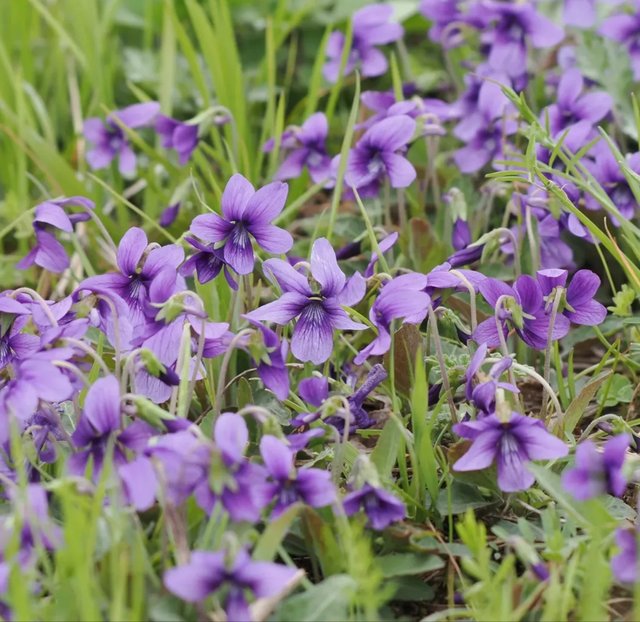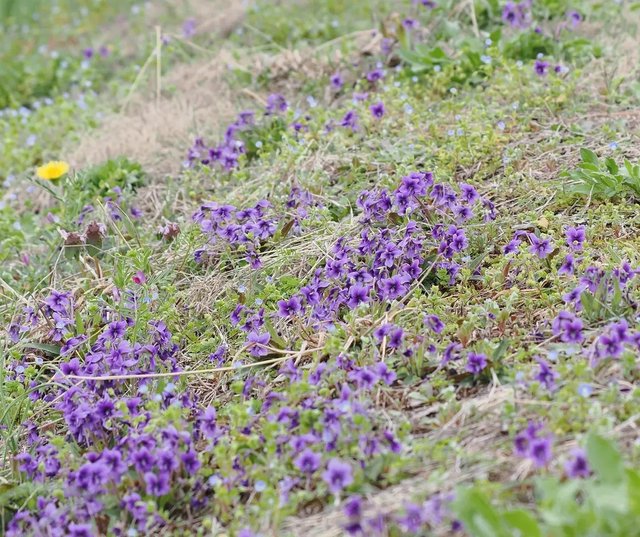Viola Mandshurica So Beautiful Flower
Viola mandshurica: The Resilient and Beautiful Manchurian Violet
Viola mandshurica, commonly known as the Manchurian violet, is a species of violet native to East Asia, including China, Korea, and Japan. This charming yet hardy perennial plant is well known for its ability to thrive in diverse conditions, from shaded woodlands to urban gardens. It is admired for its striking purple flowers, medicinal properties, and role in ecological conservation.
Botanical Characteristics
Viola mandshurica belongs to the Violaceae family, which includes hundreds of species of violets. It is a low-growing, herbaceous perennial with the following distinct characteristics:
Leaves: The leaves are heart-shaped to lanceolate, with a slightly serrated margin. They grow in a basal rosette, meaning they emerge from a central point close to the ground. The deep green foliage provides a lush background for the vibrant flowers.
Flowers: The flowers are a striking deep violet to purple color, with five delicate petals. Like other violets, the lower petal features fine, dark veins that guide pollinators toward the flower’s reproductive structures. The plant blooms from early spring to summer, with some sporadic flowering in autumn.
Growth Habit: Viola mandshurica spreads through rhizomes, allowing it to form dense clusters over time. It is relatively low-maintenance and can adapt to various soil types and light conditions.
Habitat and Distribution
This species is primarily found in East Asia, thriving in temperate regions. It is common in:
Forests and Woodlands: Growing under the shade of larger trees, often forming ground cover in mixed forests.
Grasslands and Open Fields: Found in meadows and open fields, where it competes well with other low-growing plants.
Urban Areas: Frequently seen in parks, gardens, and even cracks in sidewalks, demonstrating its resilience.




%20(7).jpeg)